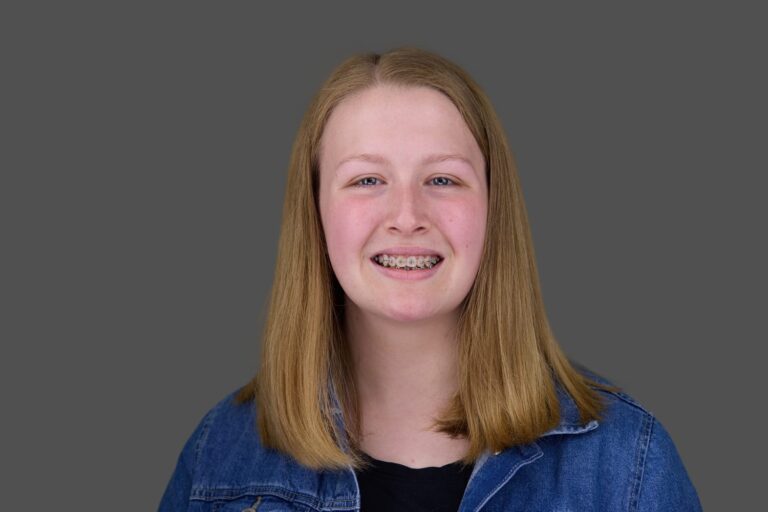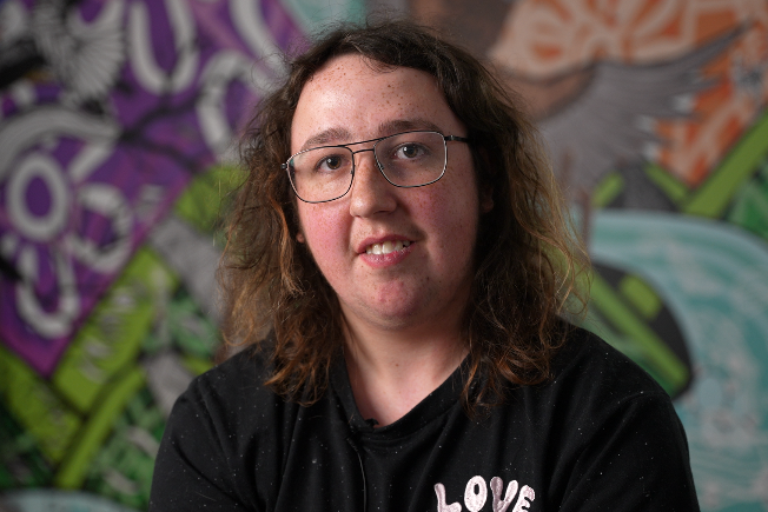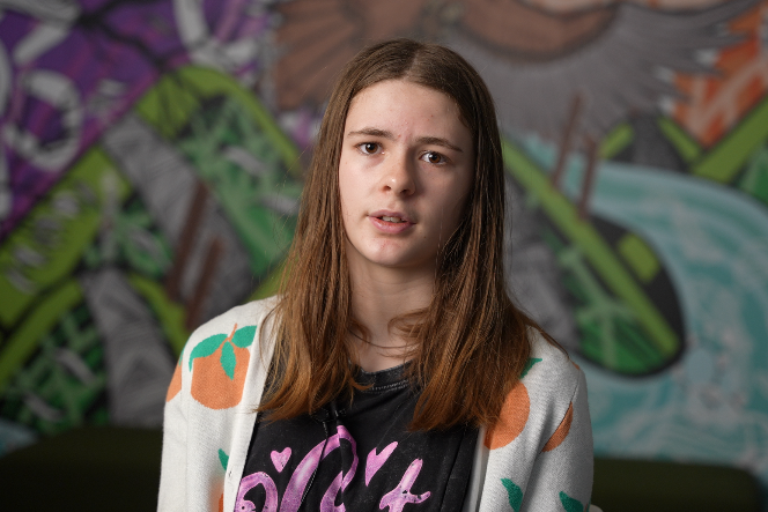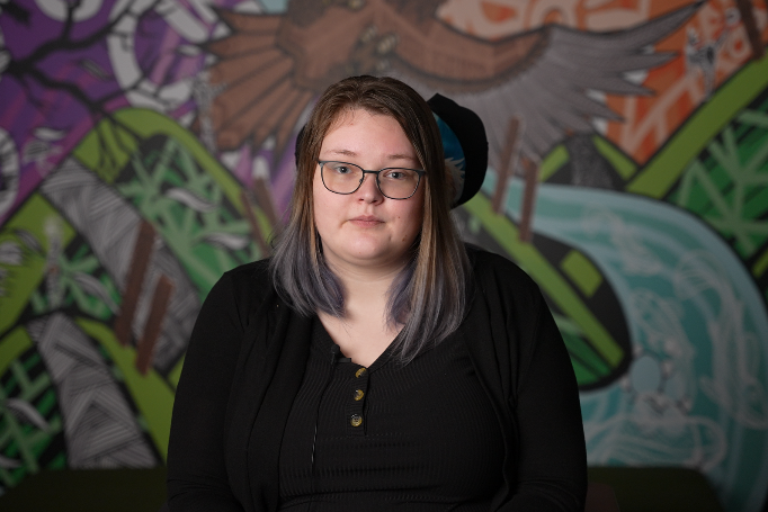An open letter to providers written by Haylie (she/her), a 15-year-old with autism, living in a regional town located on Peramangk, Ngadjuri, and Kaurna land in South Australia.
To whom it may concern,
Hello.
My name is Haylie Staunton (she/her) and I am a 15-year-old with autism, living in a regional town located on Peramangk, Ngadjuri, and Kaurna land in South Australia. I often take part in leadership opportunities in my community, along with joining in on discussions about local issues.
From these opportunities, I have learnt many new skills and pieces of information, including how to effectively run consultations with young people. More recently, I have also been focusing on how to engage neurodivergent young people in consultations. With these findings and my personal experiences, I have developed some recommendations for providers on how to better consult and engage with autistic young people.
Group size:
It’s always important to include as many people as possible when running a consultation, as it gives everyone a voice and provides more information to work with. It’s still important to consider though that it may be better to run more sessions with a smaller group than to run less sessions with a bigger group. This is important for two main reasons. First of all, it can make everyone attending feel more comfortable being there and talking about their experiences, as there are less people listening. The second reason is that it allows participants to have more time to get their feelings and thoughts across.
Accessibility:
There are many things to consider when thinking about the accessibility of a consultation. One of them is whether it’s better to hold the consultation online or in-person. Both have benefits and issues, so it’s best to decide depending on the specific needs for the participants.
Online can be much easier to access and can be used by people from anywhere, but can often face technical issues or struggles with connecting to an internet connection strong enough. It also allows for a quicker and more discreet break from the conversation if any of the participants feel that they need it.
In-person may require you or the participants to organize and pay for transport and be limited to certain target groups, such as those living in a particular area or those with access to public transport, but may feel more comfortable to be a part of, depending on the social needs of the participants. It can be more difficult if a participant is wanting to discreetly leave to have a quick break.
While hybrid meetings do work well, they often face even more technical issues. It can also be slightly harder for those on either side to effectively communicate with each other. They are great for involving people from all areas though and give participants an option on how they prefer to join.
Another big part of accessibility is the individual needs of participants. Some may have special needs to be considered when running the consultation, such as access to the venue, captions to know what’s being discussed, or assistance with connecting online. These all vary and may not be present in all events, but are important to accommodate for when needed.
Break-off areas:
Break-off areas for in-person consultations are a great option to have, especially when talking about potentially sensitive topics. It could also be worth passing out notes or an agenda for the consultation, either ahead of time or on the day, so that people have an understanding of what will be discussed. Some people may be emotional about the discussion, feel awkward talking about their feelings, or just struggle to be around other people in the group.
Break off areas for online events aren’t entirely necessary, as participants do have the option to turn their microphone and camera off at any time. It would be worth messaging them privately though if they have turned these off to see if they need a break. That way, if they do need one, they can get the space they need. Otherwise, it can help them to rejoin the conversation when they feel ready.
It’s ideal though that, when these areas are available, that participants have a discreet way to access them, as some may not be comfortable telling someone what they’re doing.
If these areas aren’t available at the venue, it’s still a good idea to let everyone know that they are still welcome to exit the room and stand outside at any point if they feel uncomfortable or emotional.
Duration:
When considering how long to run the session for, it depends on how long is needed for what you’re doing. The main thing to remember is that, if doing a long session, likely anything over an hour, to include time for at least one break. If it’s a 2-hour session, then one break may be sufficient for some, but others may need more breaks. The number of breaks all depends on the length and the needs of the participants. That way, people have a chance to stretch, go to the toilet, chat, or calm themselves if they experienced any unwanted feelings or emotions during the discussion. Scheduling a break also means that nobody has to miss part of the discussion to do one of those things.
Considering these and other relevant factors are essential to running an effective consultation. There are many resources available with more details about making an accessible and inclusive event, such as the Youth Disability Advocacy Service of Victoria’s resource, which you can find at: https://www.yacvic.org.au/ydas/resources-and-training/together-2/actions/planning-accessible-events-and-activities/
It’s important to remember though, that access needs are different for everyone, so it’s best to consider it depending on the needs of the participants. It doesn’t hurt to include it as a question when registering to attend. It’s better to ask then to not.
Yours truly,
Haylie Staunton



